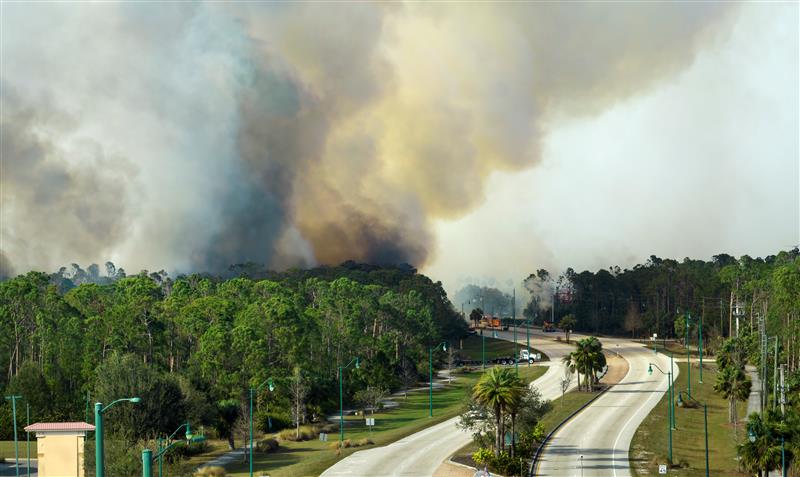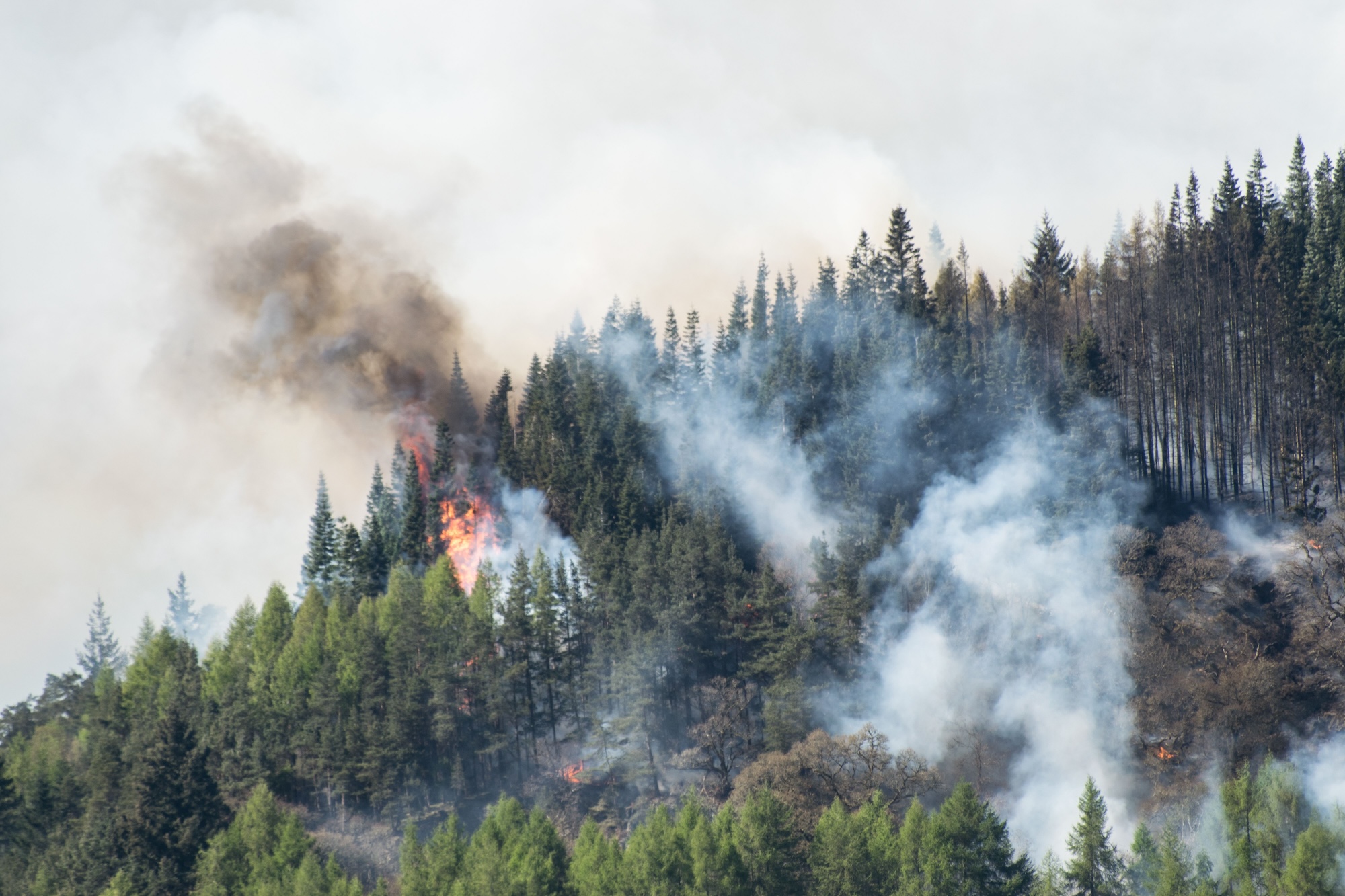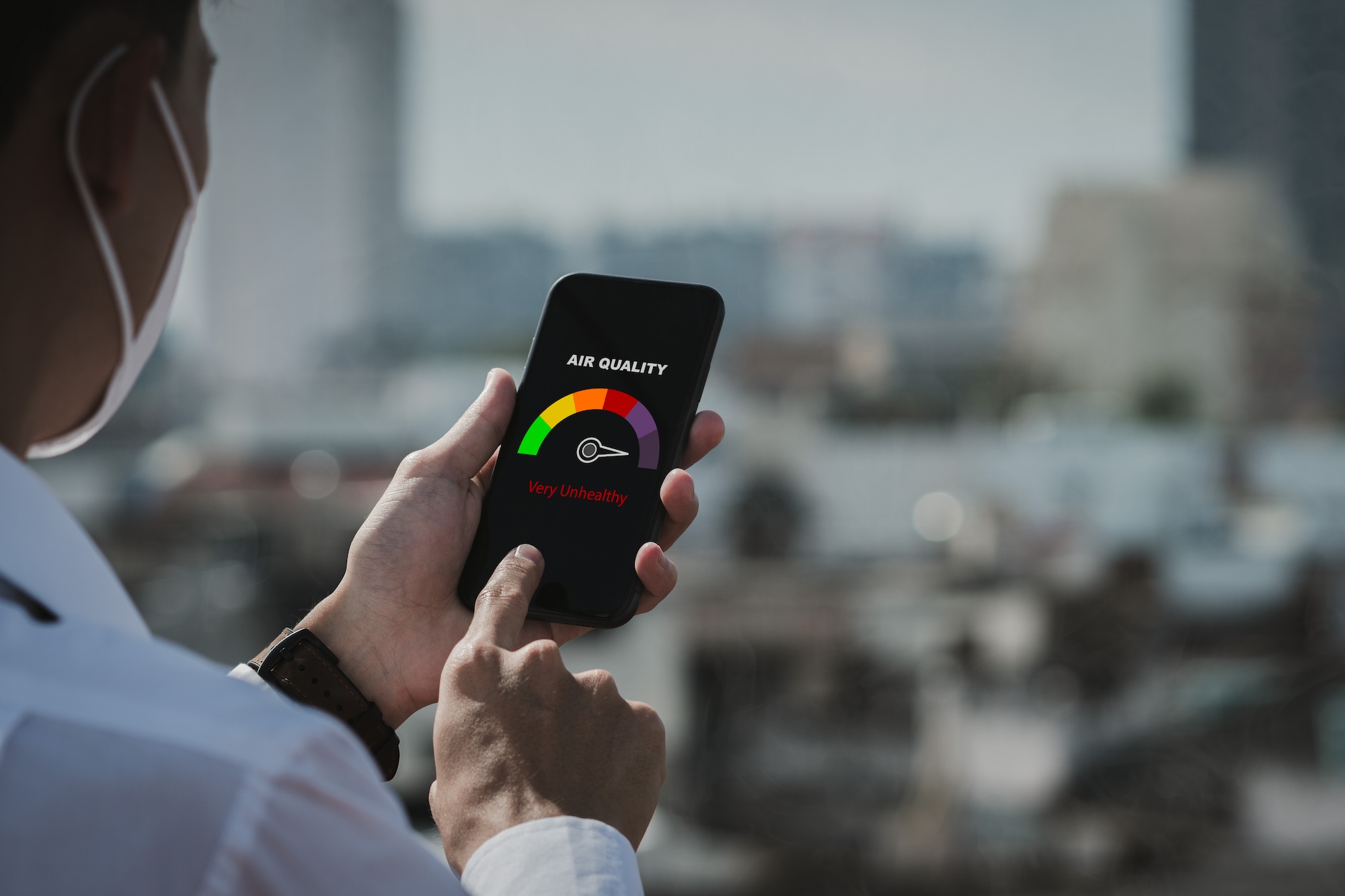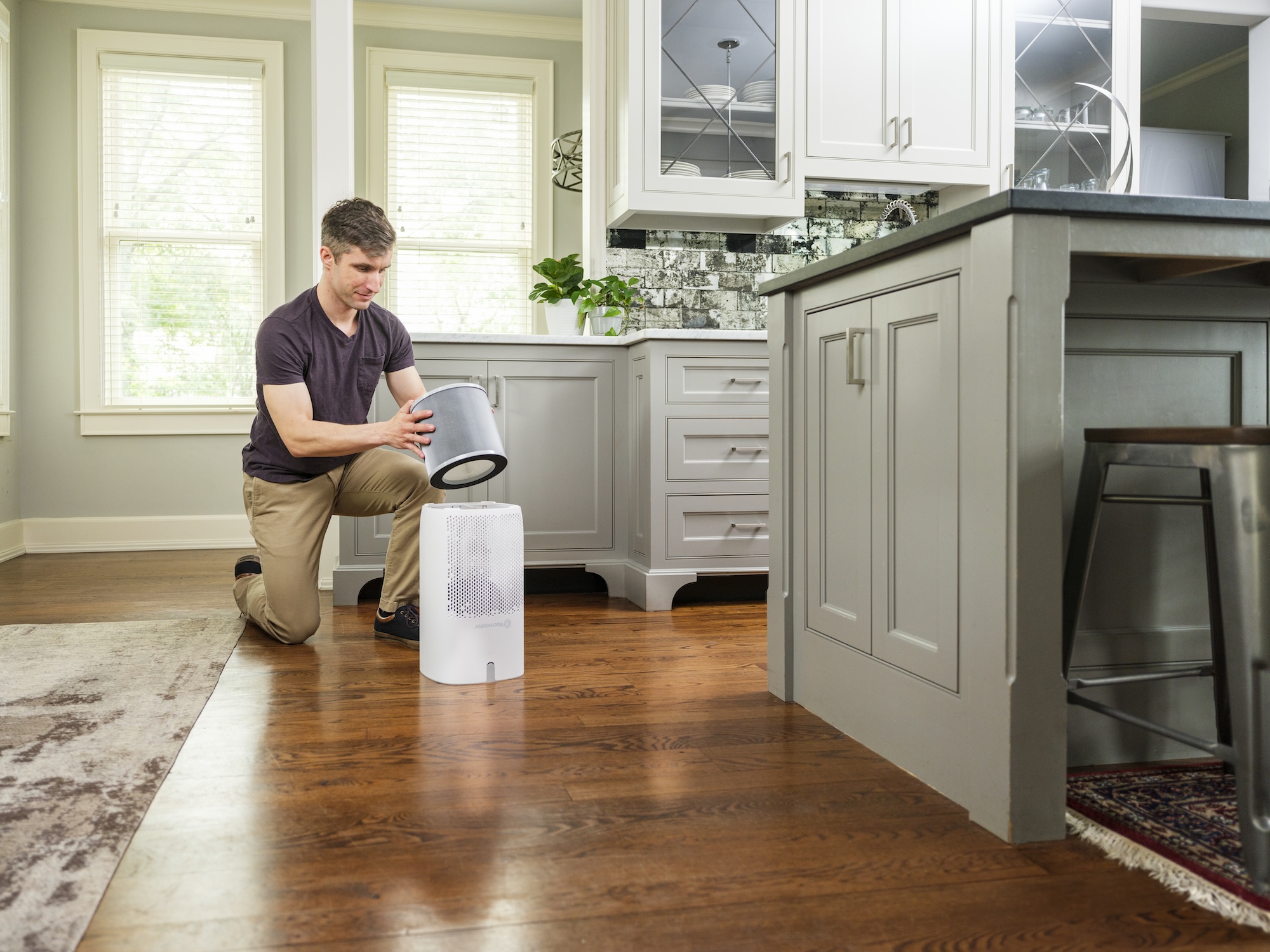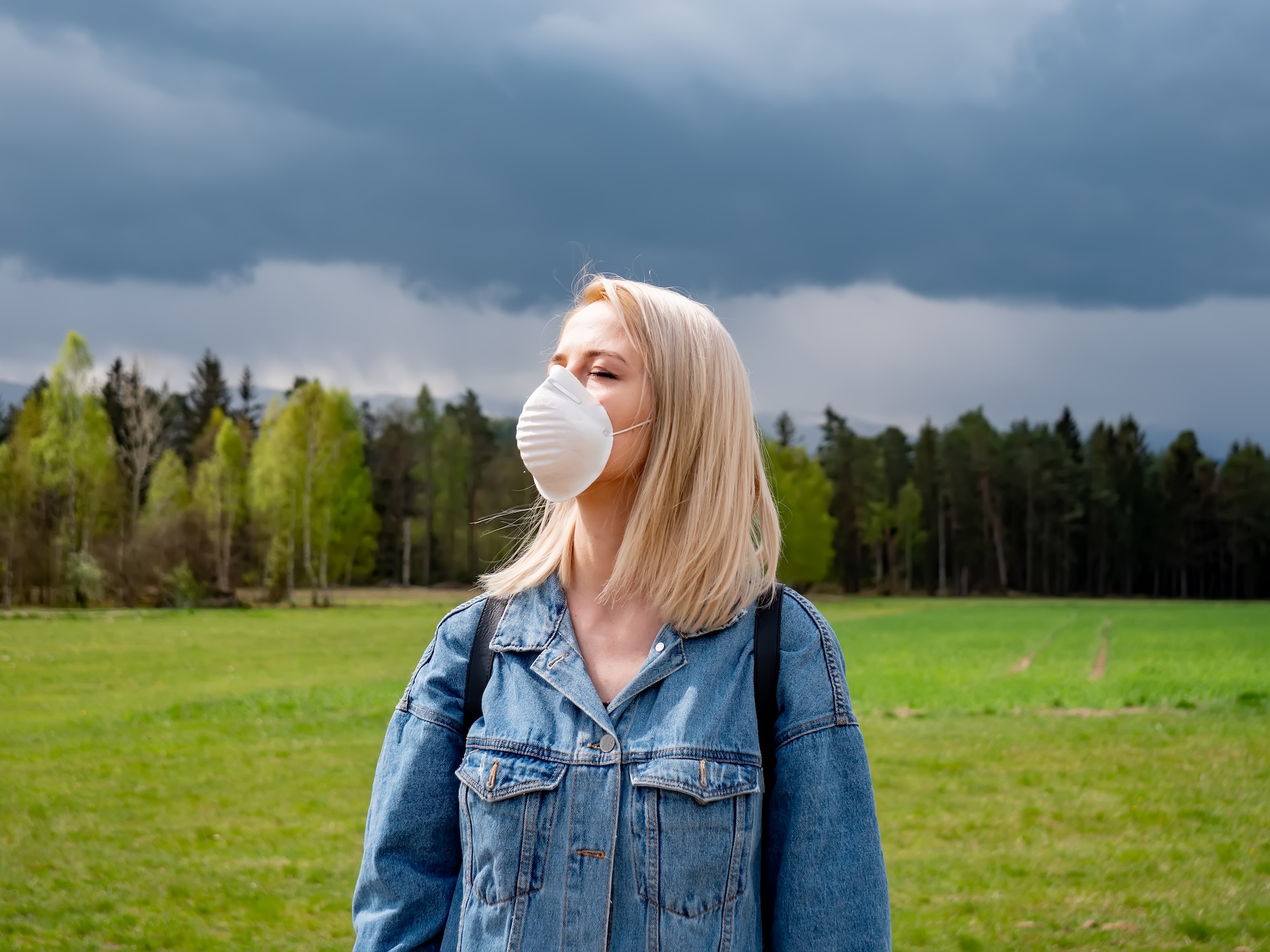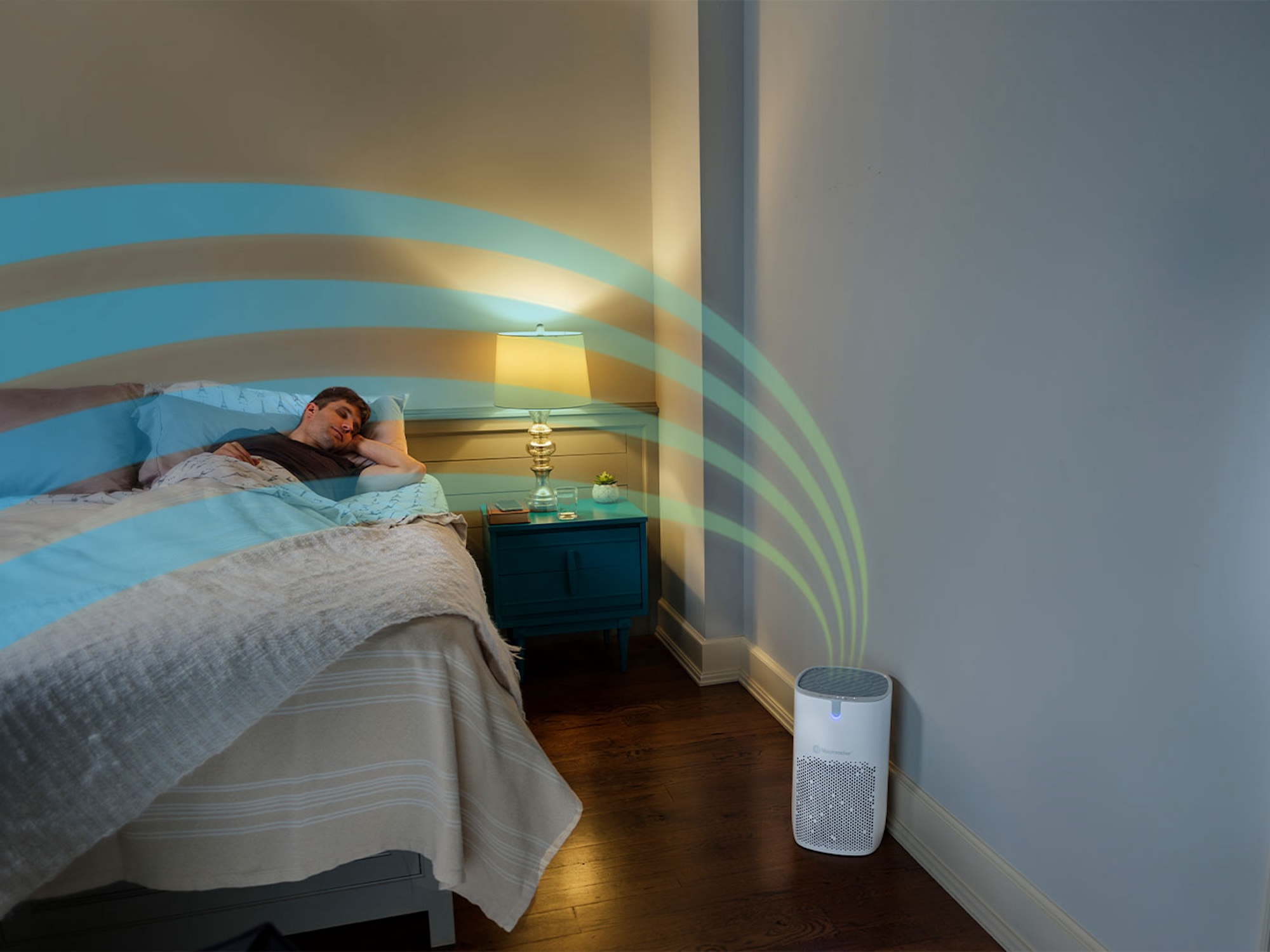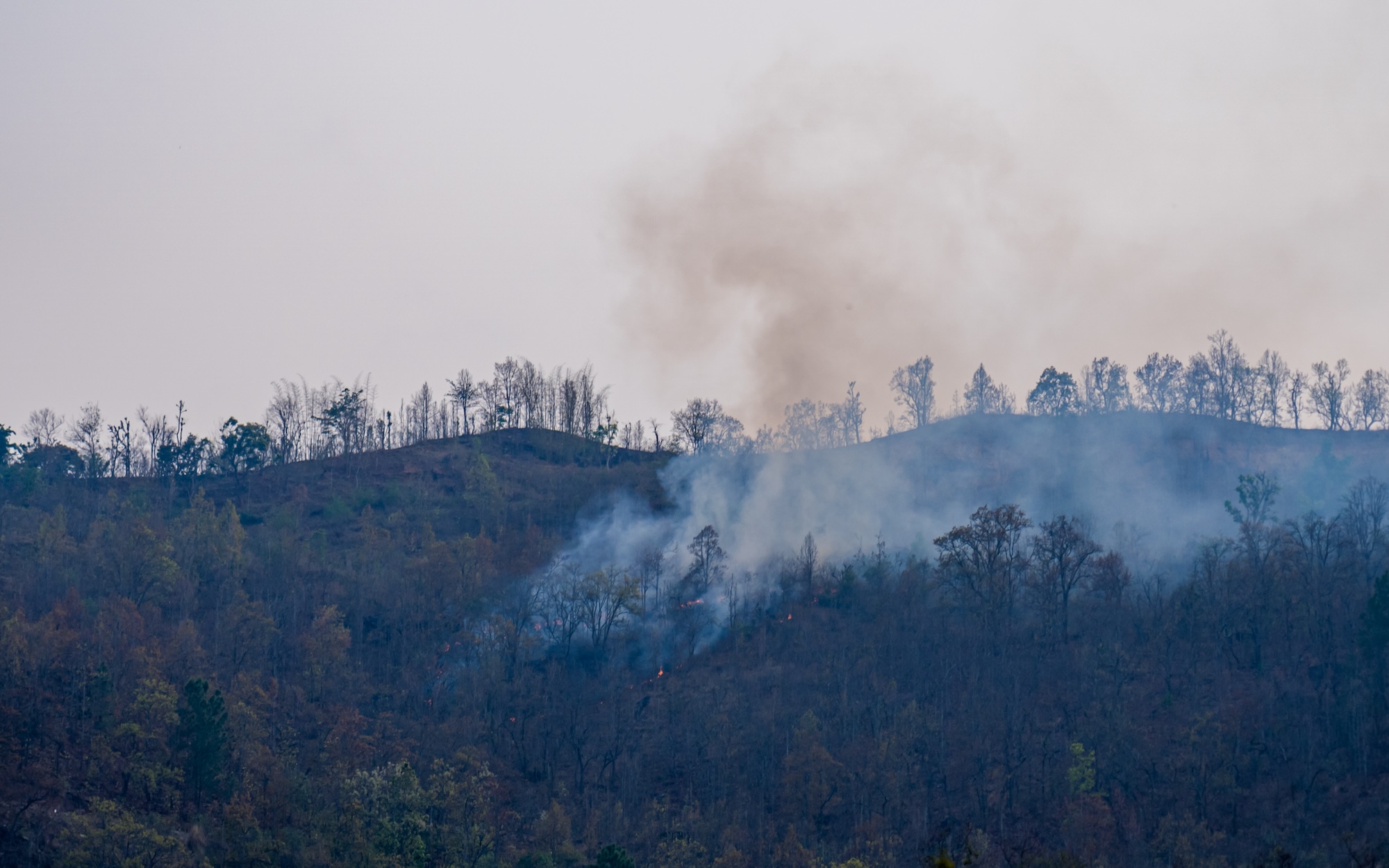Understanding Air Quality During Wildfire Season
Jan 21st 2025
|
Air quality can fluctuate daily due to common factors like cooking fumes, household dust, or pet dander. But during wildfire season, the air quality can drop dramatically, posing serious risks to your health. The combination of smoky air and the possibility of evacuation can be overwhelming, but proactive measures can make all the difference in protecting your family’s health and safety. Whether you’re part of a wildfire-prone community or a health-conscious family looking to minimize risks, this guide will help you take practical steps to stay safe when wildfires strike.
What is Wildfire Smoke? Wildfire smoke is a complex mix of gases, fine particles, and toxins such as carbon monoxide and volatile organic compounds. During a wildfire, these pollutants can seep into your home, causing respiratory issues, exacerbating allergies, and triggering conditions like asthma and bronchitis. With pollutants circulating indoors even when the doors and windows are closed, keeping indoor air clean is essential for protecting your family’s health. How to Keep You & Your Family Safe
1. Stay Updated with Local Air Quality Reports: Wildfire smoke is a complex mix of gases, fine particles, and toxins such as carbon monoxide and volatile organic compounds. During a wildfire, these pollutants can seep into your home, causing respiratory issues, exacerbating allergies, and triggering conditions like asthma and bronchitis. With pollutants circulating indoors even when the doors and windows are closed, keeping indoor air clean is essential for protecting your family’s health.
Download air quality apps on your devices or enable push alerts on your local news channels to ensure you never miss critical updates. Additionally, follow your local authorities or community networks on social media for wildfire reports, evacuation orders, and safety recommendations.
2. Create a Safe Haven Indoors: Improving your indoor air quality is one of the most effective defenses against harmful wildfire smoke. Start with these steps:
Take additional steps like avoiding activities that could trigger indoor pollution, such as burning candles, frying food, or vacuuming without HEPA filtration. Cooking outdoors with a barbeque grill may also help reduce indoor smoke buildup.
3. Stay Safe Outdoors: Spending time outdoors during wildfire conditions can expose you to hazardous particulate matter that irritates your lungs and exacerbates existing health conditions. On days when air quality is poor, reschedule strenuous tasks like running, gardening, or construction work. Encourage children, seniors, and those with preexisting conditions to remain inside. Invest in N95/KN95 masks which filter out the most harmful particles, when fitted properly.
4. Know Your Evacuation Plan: Wildfires can escalate quickly, sometimes with little warning. Preparing for emergency situations in advance ensures that you and your family are not caught off guard.
Ensure your supplies are easily accessible, ideally located near the front door, garage, or car.
5. Look After Your Mental Health:
Wildfire season doesn’t only threaten physical well-being; it can also take a toll on your mental health. Recognizing and addressing the emotional impact is essential. Check in with friends, family, and neighbors, either in person or digitally. Building a sense of community can provide both practical and emotional support during challenging times. If feelings of anxiety or helplessness persist, consider reaching out to a mental health professional who can guide you through processing these emotions fully.
How Air Purifiers Can Help During Wildfire Season Depending on the weather conditions, wildfire smoke can travel hundreds or even thousands of miles, which means it can impact air quality in regions far away from the actual fire source. Air purifiers act as a barrier against smoke and indoor pollutants. They filter the air in your space by trapping harmful particles, leaving the air cleaner and healthier to breathe.
Equipped with HEPA filters, air purifiers effectively capture up to 99.97% of airborne particles as small as 0.3 microns, including harmful PM2.5 pollutants from wildfire smoke. Many also feature activated carbon filters, which absorb toxic gases like carbon monoxide and volatile organic compounds (VOCs), reducing odors and improving safety. For individuals with sensitive respiratory systems, such as children, the elderly, or those with asthma, air purifiers provide significant relief by minimizing pollutants that can trigger discomfort. They are also essential for creating a "clean air room" in your home, offering a safe space to breathe during times when stepping outside isn’t an option. Lastly, air purifiers maintain constant air circulation indoors, ensuring fresh airflow without the need to open windows and let in harmful pollutants.
Stay Safe and Breathe Easy Wildfire season is a growing concern that poses serious challenges to air quality both outdoors and indoors. By staying informed, investing in an air purifier, and proactively planning for emergencies, you can help ensure the safety of your family. For more resources, contact your local wildfire prevention agency or public health department. |


